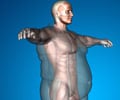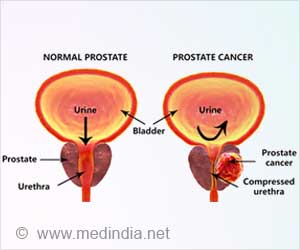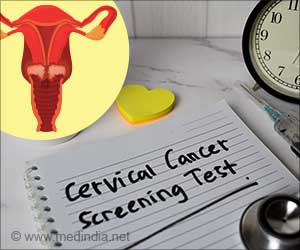- Weight gain due to stress, disrupted circadian rhythms and treatment with Steroid (glucocorticoid) drugs may be dependent on the timing of hormonal pulses.
- Controlling the timing of the stress hormone pulses may help in reducing weight gain.
- Fat-cell maturation ramps up if the trough in exposure to Steroid (glucocorticoid) lasts less than 12 hours.
"It (the study) explains why treatments with Steroid (glucocorticoid) drugs, which are often essential for people with rheumatoid arthritis and asthma to even function, are so linked with obesity and it suggests ways in which such treatments can be given safely without the common side effects of weight gain and bone loss," said Mary Teruel, PhD, assistant professor of chemical and systems biology and senior author of the study.
The hormone cycle
A healthy person's level of Steroids (glucocorticoids) rises and falls in a circadian 24-hour cycle. The level reaches its peak around 8 a.m., drops to its lowest around 3 a.m. and the next day to rises back again to reach its peak about five hours later.The rise in the hormone levels is a wake-up signal that gets us moving and turns on our appetites. However, the Steroid (glucocorticoid) levels in our bloodstream can also be increased by stress.
Our fat tissues contain excess precursor fat cells that can convert to fat cells given the right signals. Steroids (Glucocorticoids) trigger these precursor cells to convert to fat cells. In a healthy condition, less than 1% of a person's precursor fat cells convert into fat cells. The low rate of conversion is essential for replacing damaged mature cells and for renewing and maintaining healthy fat tissue.
Study overview
The study aimed to find out why in normal conditions, rising Steroid (glucocorticoid) levels due to circadian rhythms and healthy short-term stresses don’t cause all our precursor cells to convert into fat cells, but in conditions of chronic stress jet-lag and sleep disruption the conversion rate of fat cells is much higher.To do this the research team decided to study the timing of the Steroid (glucocorticoid) pulses and its effect on fat cells.
Precursor fat cells were grown in petri dishes and exposed to Steroids (glucocorticoids) in carefully timed pulses over the course of four days. It was found that one pulse of Steroids (glucocorticoids) lasting 48 hours led most of the cells to differentiate, while shorter pulses with at least 12 hours between them resulted in minimal differentiation.
The team studied how the precursors sense the duration of the hormonal pulses and filter out short pulses by using single-cell live imaging to track PPAR-gamma protein levels. When PPAR-gamma levels increase to a certain threshold level in a fat precursor cell, the precursor cell will convert in to a fat cell.
Other findings
- Loss of the normal circadian rhythm for Steroids (glucocorticoids) led to a doubling of the fat mass in animals due to both the creation of new fat cells and the growth of existing fat cells.
- There is no increase in fat, as long as Steroid (glucocorticoid) boost was delivered by injection, only during the normal circadian peak times, even if they increased peak Steroid (glucocorticoid) levels forty-fold.
Source-Medindia
















